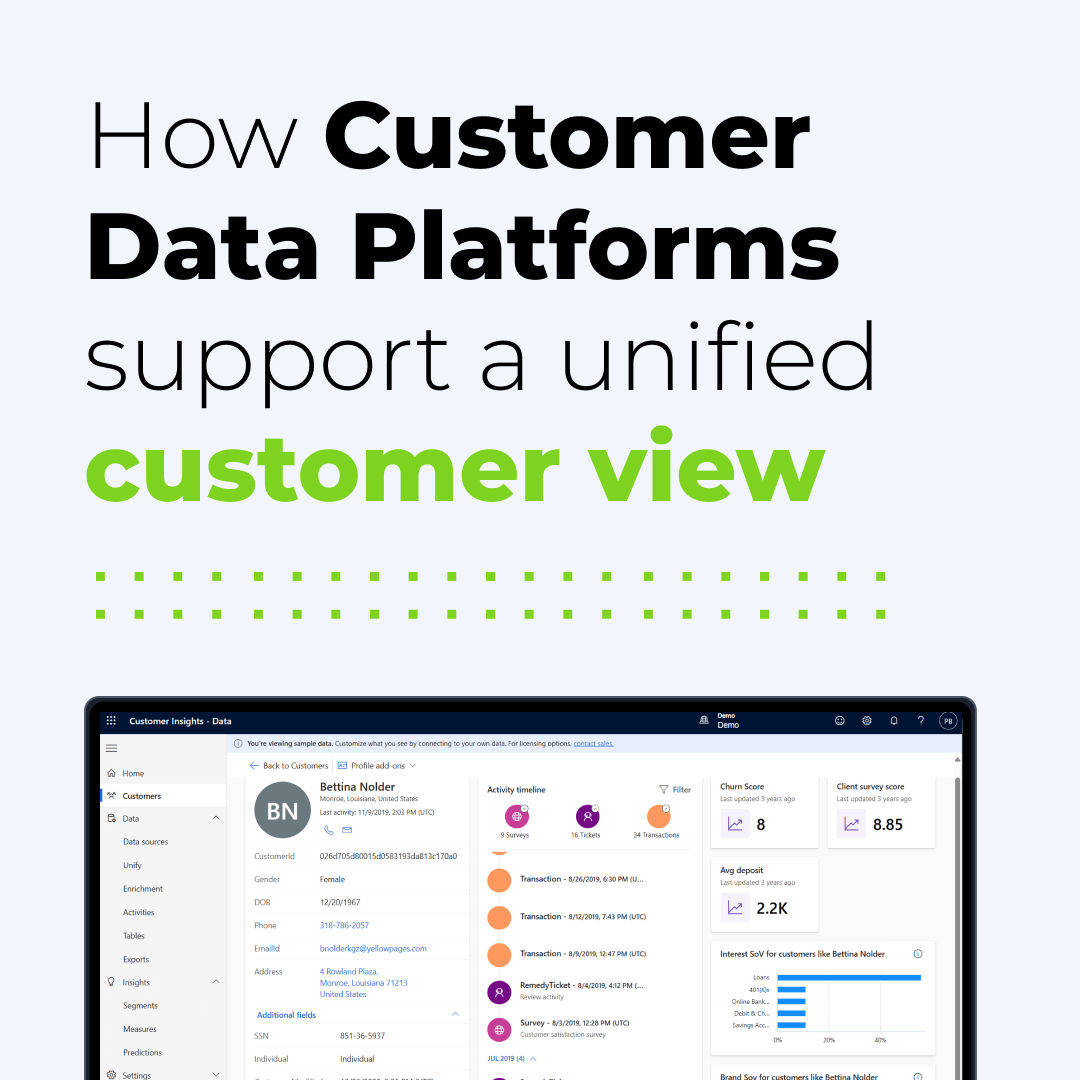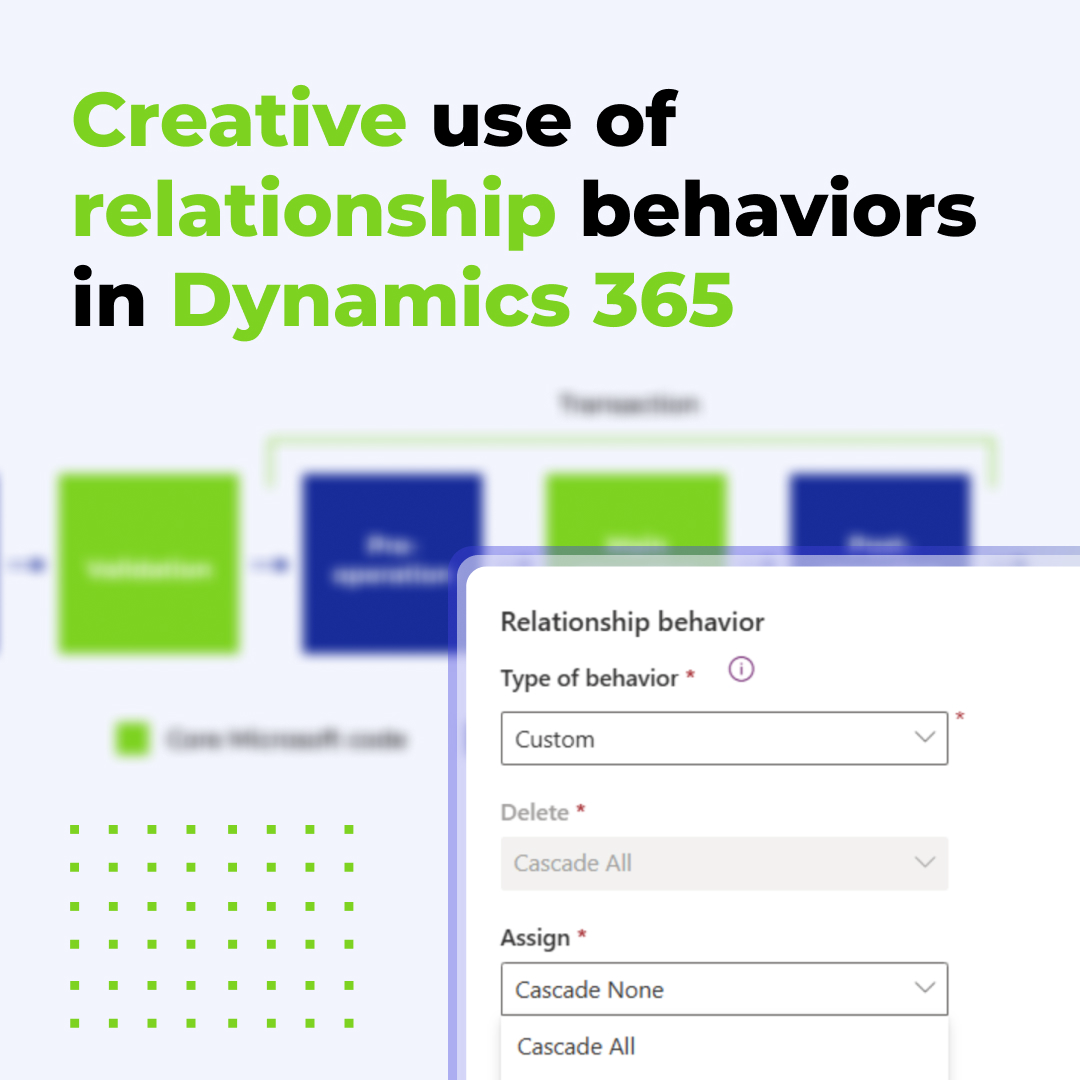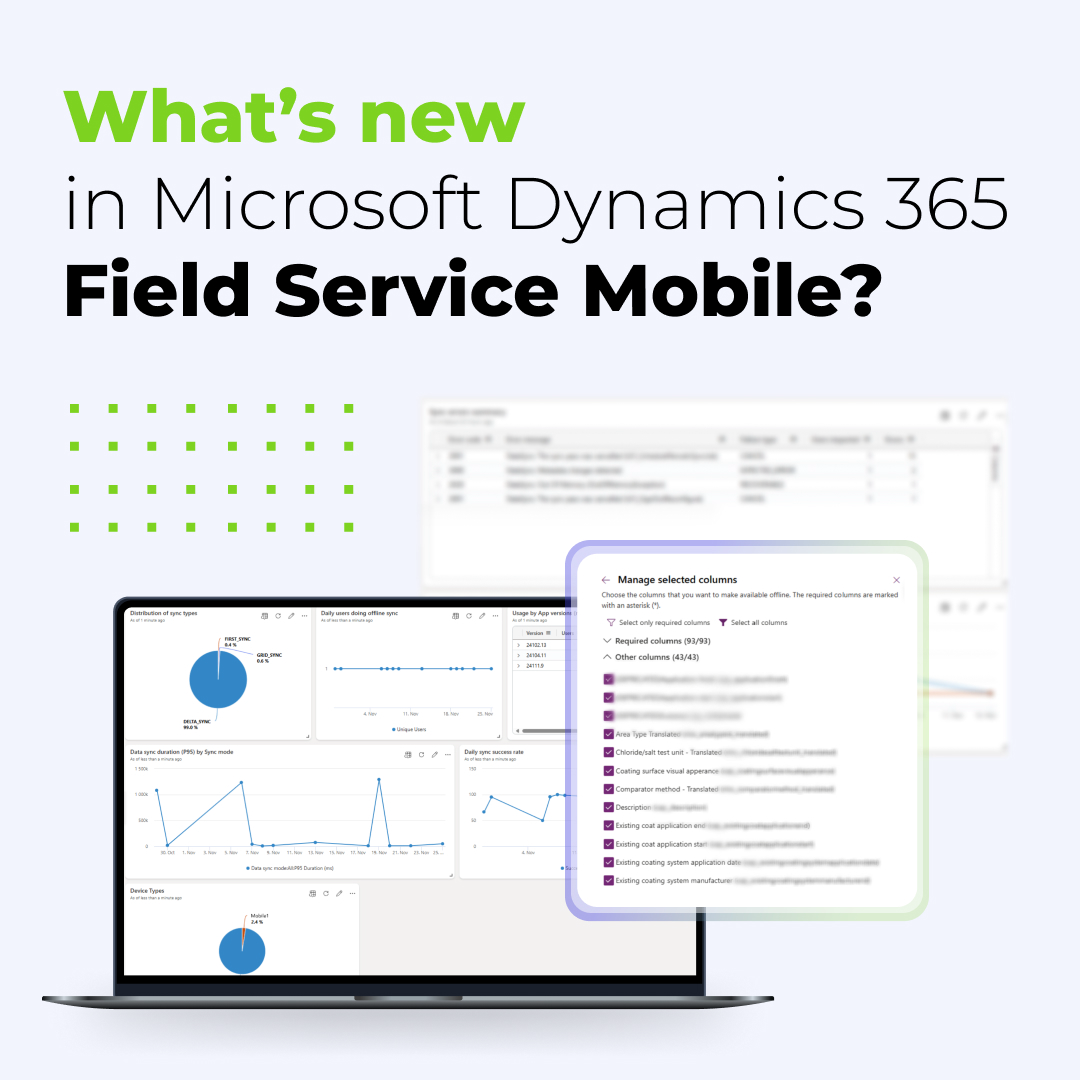In this article, we will present the key challenges associated with implementing a Low-Code platform. Therefore, it is important to understand each stage of this process and prepare an appropriate action plan. We will also discuss the key reasons and benefits of implementing the CoE Kit.
When starting the journey with Low Code, organizations may face various challenges. Even before you begin the actual implementation of the Low Code platform, many questions will arise that need to be addressed first. The most important decision is, of course, choosing the right product.
You need to:
- Check which platform suites your needs the best,
- Check what kind of tools are available for the makers and admins?
- How it integrates to existing architecture that you already have?
- What with the security?
After you address those there are next steps to take:
- Environment strategy
- Data Loss Polices
- Licensing model
- The architecture and connectors
- Establishing the team to manage new platform
4 challenges you should be aware of
As you can see there are a lot of decisions waiting here for you. And after that you might face some challenges like:
1. Shadow IT
Low Code platforms were invented to give the tools to non IT Staff. In technical departments we have a limited number of developers, consultants. That is why when there is a lot to do – you need to provide some priorities to IT. But what with all of those requests with a low priority to the organization but crucial for a single department? Low Cod is here for you. But wo will manage all of those created solutions? Are we building a second department that will also share IT competencies?
2. Compliance
When people start to create the solutions with new tool it can go really fast. Focusing on solving all the issues that they have it is easy to forget about organizational policies and regulations. In the worst case scenario you might end up with a lot of new apps that are looking different, covering same issues and are using external data or internal data with no control.
If you are using Microsoft Power Platform as your Low Code platform there is a solution to those above challenges. The CoE Kit provides governance and oversight to prevent the proliferation of unapproved apps and workflows. You will provide the tools to your solution makers that will help them to follow organization standards like for example look of those tools (fonts, colors, logo) or connectors they can use. With built-in audit and compliance processes, the CoE Kit ensures your Power Platform usage adheres to organizational policies and regulations.
3. Resource management and performance monitoring
It helps manage and optimize resources, ensuring effective allocation and utilization of your Power Platform resources. The kit offers robust tools for monitoring and managing the performance of apps and workflows, ensuring they run smoothly and efficiently. You are in control and everything is in one place. As an admin you have tolls like dashboards, apps and automations that will help you govern any aspect on the Power Platform.
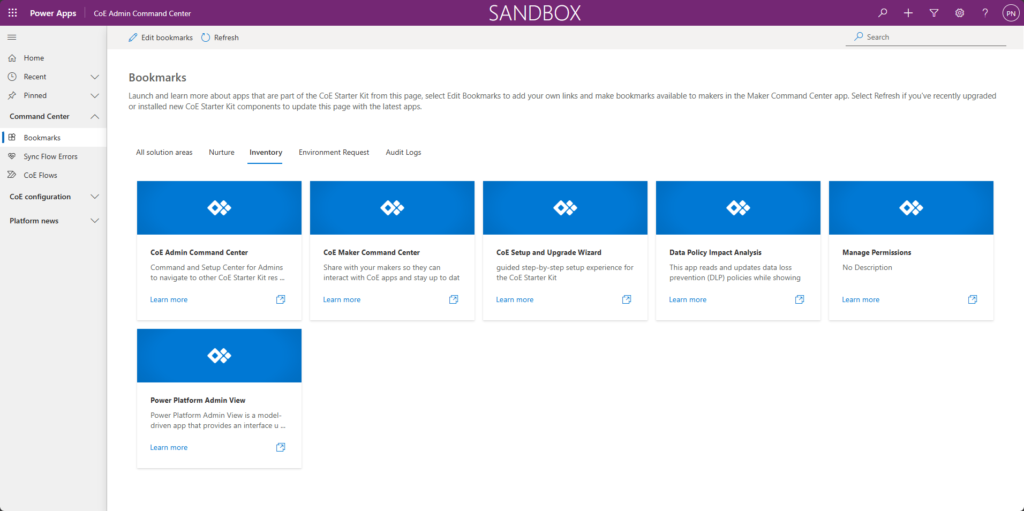
4. User adoption and effective innovation management
When it comes to Users adoption the CoE Kit provides strategies and tools to drive user adoption, ensuring that investments in the Power Platform deliver maximum returns. You will have the tools to streamline the innovation process. With Innovation Backlog App any of your employees can submit a new idea, new request and all of them can vote for most important ones. With that your CoE Team will have clear scope for next periods. One place to show all the existing apps to your Users? App catalog is another great tool which is included in CoE Kit.
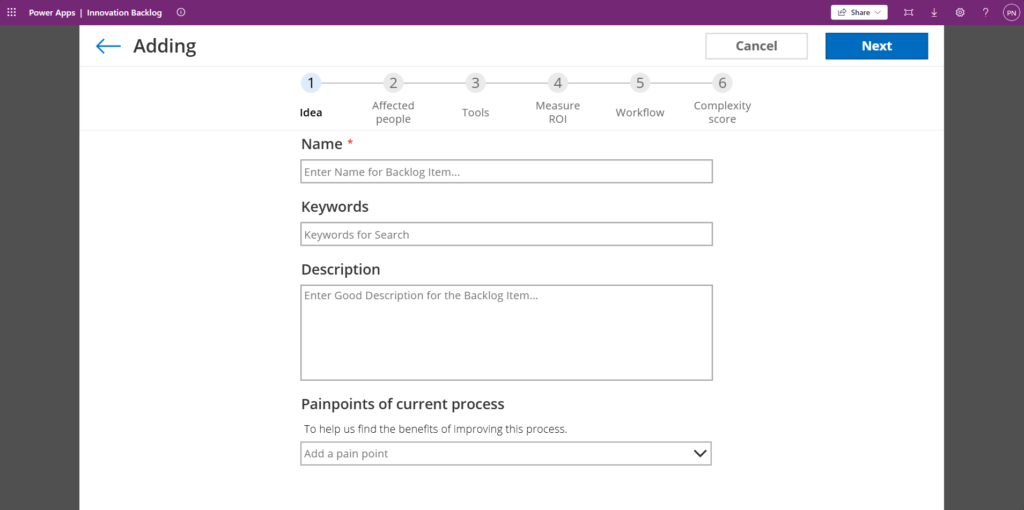
Implementation of CoE Kit
-
Standardization
The CoE Kit helps standardize the processes and methodologies for using the Power Platform across your organization, ensuring consistent practices. -
Governance
It introduces governance frameworks to manage the platform’s security, compliance, and risk. -
Efficiency
By providing templates and tools, the CoE Kit accelerates the development and deployment of applications, leading to time and cost savings. -
Innovation
The kit promotes innovation by bringing together a community of makers and providing space for knowledge sharing and collaboration. -
Insights
You gain valuable insights into the usage and performance of your Power Platform solutions through detailed analytics and reporting.
Summary
Implementing a Low-Code platform is an opportunity for innovation and improvement, but it also comes with challenges such as Shadow IT, compliance risks, resource management, and user adoption. Without proper oversight, organizations may struggle to maintain control, standardization, and efficiency.
The CoE Kit is a solution that helps streamline this process with tools for oversight, monitoring, and adoption strategies. Organizations can be confident that the use of the Power Platform remains secure, optimized, and aligned with business goals.
And if you are at the beginning of the journey and thinking about how to setup the platform? How many environments should I have? Which tools I need to use? What about the number and type of licenses? How to address those challenges? We might have a solution for you here.Â
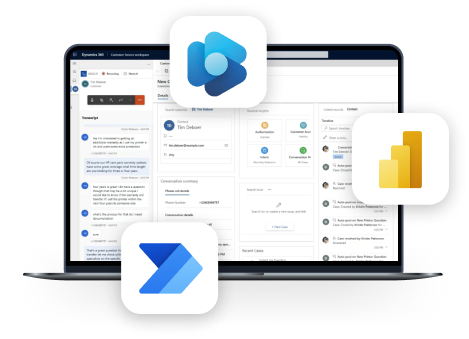
Contact Us
See the latest insights from Netwise
How Customer Data Platforms support a unified customer view
How Customer Data Platforms support a unified customer view When discussing customer strategy with clients, I find the terms CDP and Customer 360° used very often. They have become quite common buzzwords in many industries. However, while everyone wants that…
Read moreCreative use of relationship behaviors in Dynamics 365: How removing data from the Target field saved our project
In this article, we show how a unique client need led to a simple, creative solution beyond standard Dataverse features.
Read moreWhat’s new in Microsoft Dynamics 365 Field Service Mobile? (2025 Guide)
Discover new D365 Field Service Mobile updates enhancing performance and offline reliability for field teams.
Read more